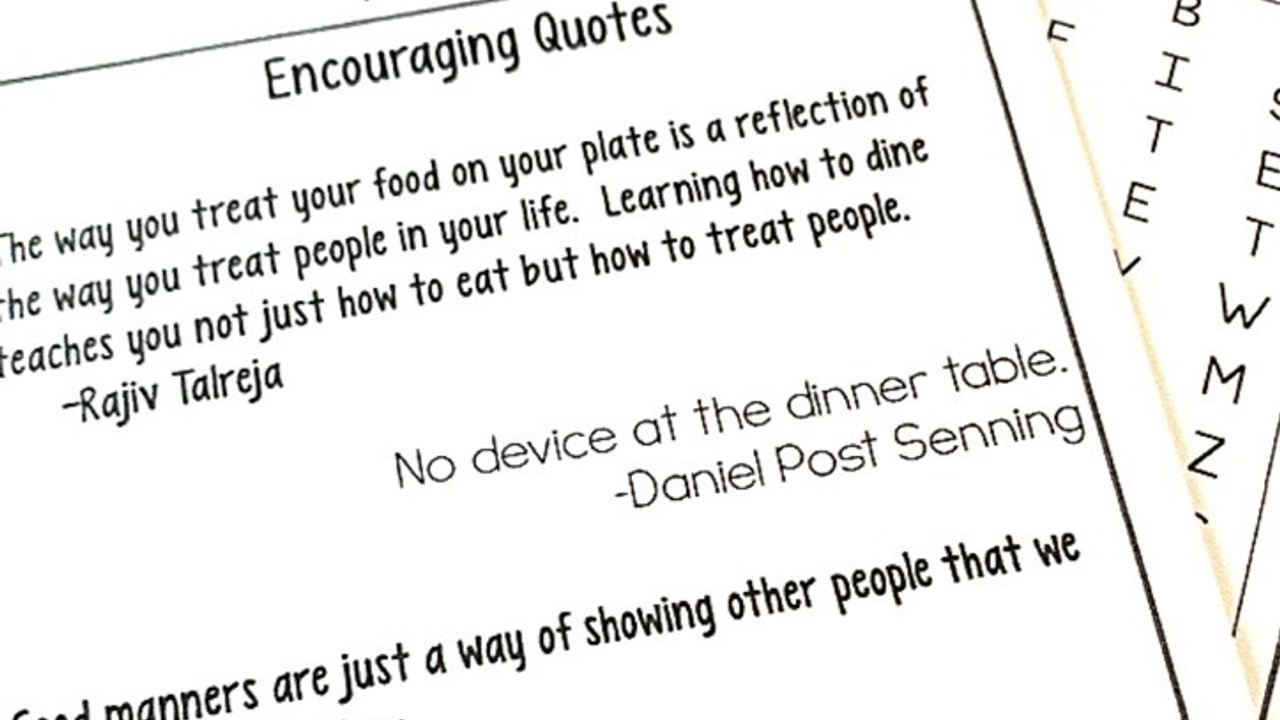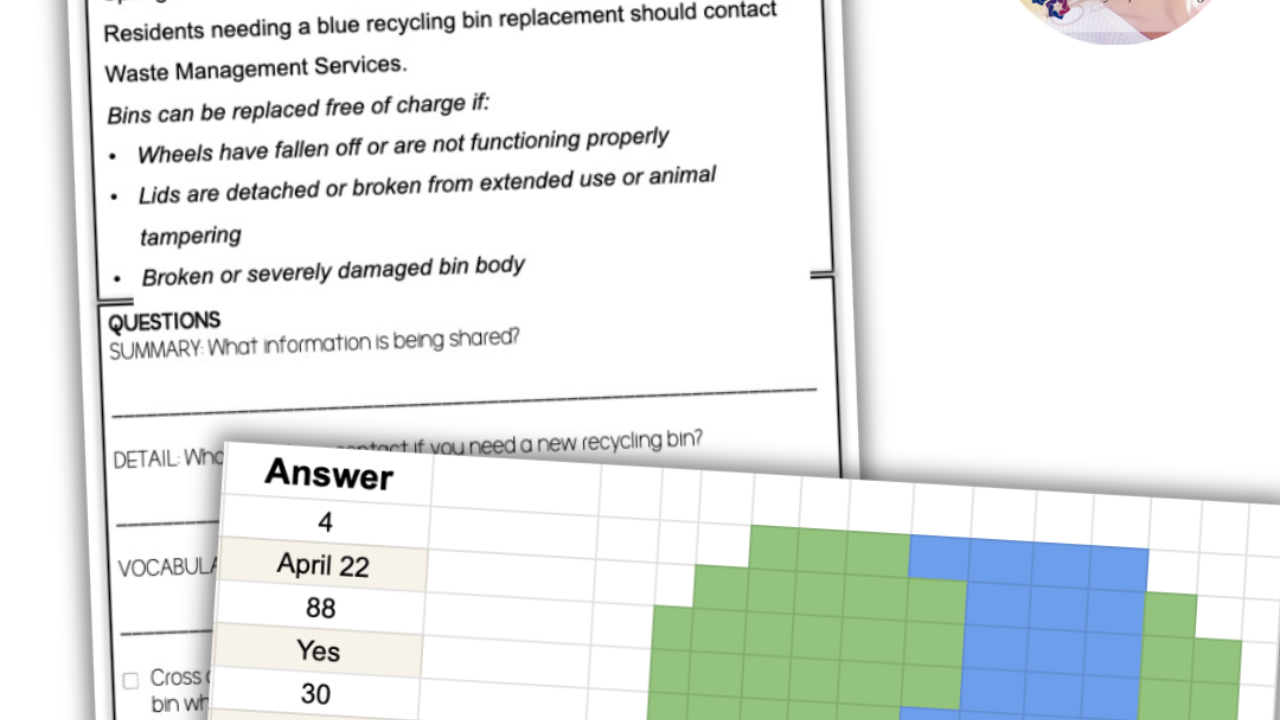How To Teach: Table Manners
Jan 31, 2022
Importance of Meal Manners
While you may think manners only happen at the ‘dinner table,', meals can happen anywhere. However, regardless of if your student eats at a dinner table, a pop-up tray, on the floor, or at a restaurant high-boy, they need to know what to do at each point during a meal. Since humans eat 3 standard meals a day, having table manners (or meal manners) skills will be practiced and used multiple times every single day!
-Supplies for a meal
-Setting the table
-How to behave at the dinner table
-What not to do or say at the dinner table
-How to use a fork, knife, and spoon
Why Focus On These Skills
People eat at home by themselves, with family, and with others; they eat in the community, and they eat at volunteer and work sites. Knowing how to approach a meal time with appropriate, expected behavior will be a daily occurrence in a variety of settings.
When To Teach
This would be a great lesson to teach before students leave for a major holiday, especially if that holiday is centered around a big meal. Keeping this lesson top of mind, anytime you can explicitly model using a fork, having appropriate mealtime conversations, or how to handle a chip that fell on the floor, your students will continuously be making associations between the lesson and how to prepare and enjoy a meal by themselves or with others.
I’ve created a complete lesson unit of materials for teaching this topic. The materials are comprehensive (5 full lessons) and most appropriate for life skill lessons at the middle school, high school and transition level students. Below are some lesson unit highlights!
Students will set the table for a meal using a cup, plate, napkin, fork, spoon, and knife.
Students will identify and exercise proper meal etiquette.
Lesson Vocabulary
Cup, fork, knife, manners, meal, napkin, plate, prepared, present, presentable, proper, set, silverware, spoon, table, wait
-
Pre and Post assessment
-
1 page narrative explaining the skill with and without visual text supports (to incorporate functional reading)
-
5 skill practice activities to learn and/or reinforce the focus skills
-
Game for students to practice their skills (because learning is fun)
-
Boom Cards for practice or assessment
-
Student learning reflection worksheet (thumbs up or down)
-
Encouraging on-topic quotes (use as a classroom poster or starter for each class period)
-
5 strategies for success (tips for being successful with the focus skills)
-
Coloring page with on-topic graphics
-
Skill mastery certificate for positive recognition and reinforcement
-
Data collection sheet on specific focus skills
-
Homework sheet to encourage students to practice the skill outside of the school setting
-
Word search of key vocabulary terms
-
Visuals for focus skills with age appropriate colors and graphics
Ultimate Goal
Meet students where they are and level up. If your student can set the table, then encourage them to start appropriate conversations with others. If they can wipe their mouth, then teach them to cut with a knife and fork. If they want to pick-up food off the floor and eat it, then teach them the food from the floor now has germs and should be thrown away. There are so many levels of skills within meal manners and each student can improve in their own way.
Links to Curriculum


















